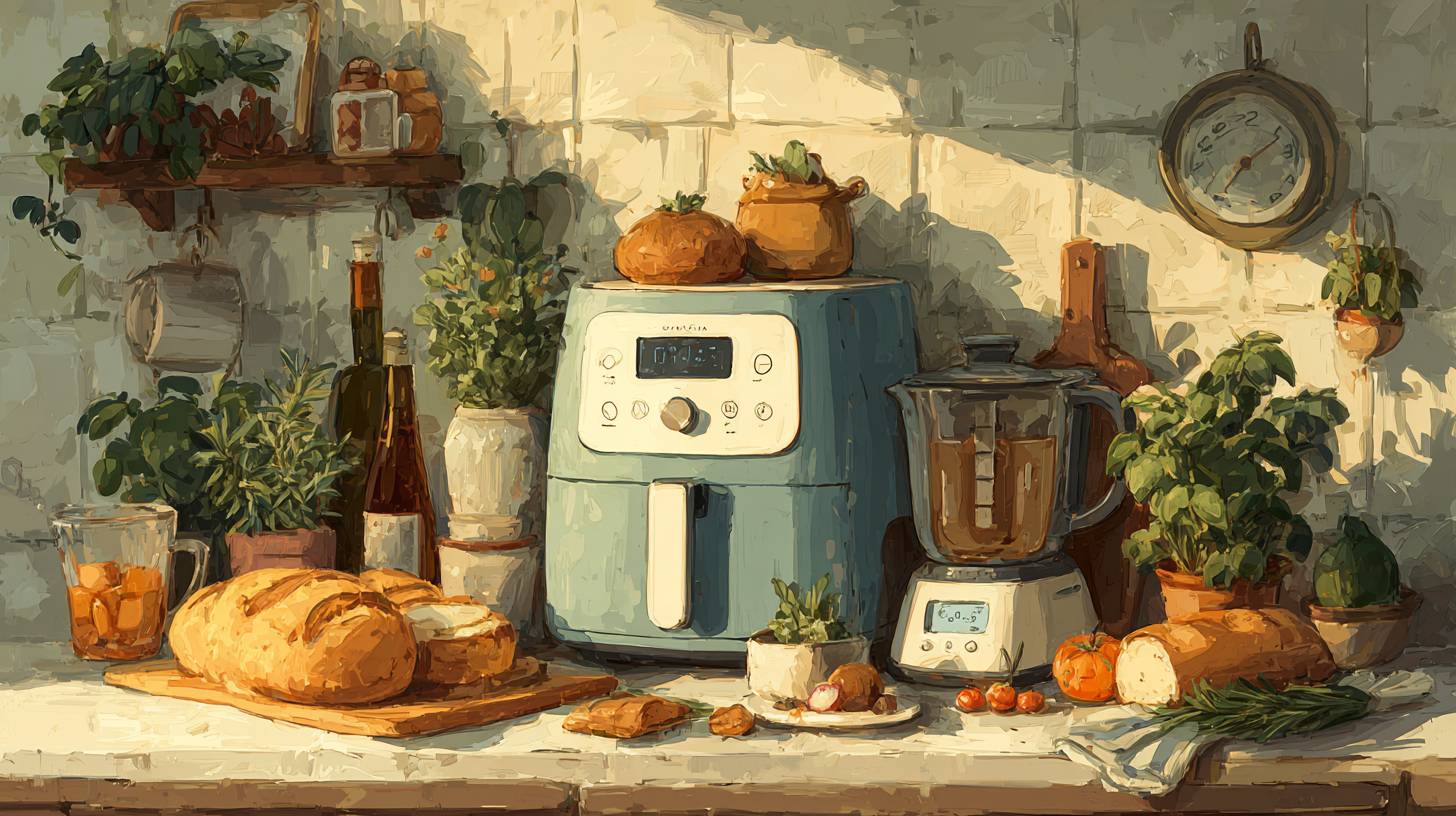
Top 9 Noise-Cancelling Headphones for Work and Travel
Discover the best noise-cancelling headphones that enhance focus and comfort for work and travel. Elevate your listening...
The Gouda cheese bacterial cultures give the taste to the cheese. They are also responsible for its texture. They acidify milk and activate rennet, therefore there is no cheese without bacterial cultures! The package contains 3.5 g of bacterial cultures.
It can be used with 50 ...The Gouda cheese bacterial cultures give the taste to the cheese. They are also responsible for its texture. They acidify milk and activate rennet, therefore there is no cheese without bacterial cultures! The package contains 3.5 g of bacterial cultures.
It can be used with 50 litres of milk. The bacterial cultures were dried frozen to preserve their capacities. The product is suitable also for Cheddar production.
Ingredients: Lactococcus lactis subsp. lactis, Lactobacillus lactis subsp. cremoris, Lactococcus lactis subsp.
lactis biovar. diacetylactis, Leuconostoc mesenteroides subsp. cremoris, Streptococcus thermophilus, lactose.Product details: Gouda and Cheddar cheese cultures For 50 litres of milk Package content: 3.5 g Safe for you and your family Gluten-free How to use the Gouda cheese cultures? Pour 6 L of milk into a pot and heat to 33 °C.
Measure out about 0.5 g of bacteria and dissolve in a glass in a small amount of lukewarm water. Add the whole to the milk and mix thoroughly. Keep under cover for about an hour.
After this time - if you used low-pasteurized milk - add approx. 1 g of loose calcium chloride, then heat the milk to 38 ° C and add approx. 0.6 g of dried rennet, dissolved in a glass of lukewarm water.
Mix everything. Turn off heating. After about 50 minutes, curd, cut into cubes, 1-2 cm side, and gently stir.
Do this for 10-15 minutes so whey begins to separate. After this time, pour about 20-30% of the whey, and in its place add water at a temperature of about 30-35 ° C. Then stirring constantly, heat the resulting grain to 40-45 ° C in 20-30 minutes, until it is flexible enough that it sticks under pressure.
Pour the whey to the grain level, then transfer it to a cheese cloth and place in a cheese press. This is how the cheese was created, left for about 12 hours in the collecting walls, turning from time to time and pressing against the presses. After this time, remove the cheese, transfer to brine (0.5 L water + 0.5 L whey + 180 g salt) and leave for 8 hours.
Then remove the cheese from the brine, transfer to a cheesecake pad and let it settle on the floor overnight, turning it every few hours. Store the cheese in the fridge. When a crust forms on it, protect it with a shield or cheese wax.
Keep cheese to ripen for a minimum of 4 weeks at a temperature of 8-12 ° C. The weight of bacterial cultures may vary depending on their activity.
Discover more insights and guides in this category

Discover the best noise-cancelling headphones that enhance focus and comfort for work and travel. Elevate your listening...

Discover the must-have kitchen gadgets for every home cook in 2025. Elevate your culinary skills and simplify meal prep ...

Discover the top ergonomic office chairs for ultimate comfort during long hours at your desk. Boost your productivity an...